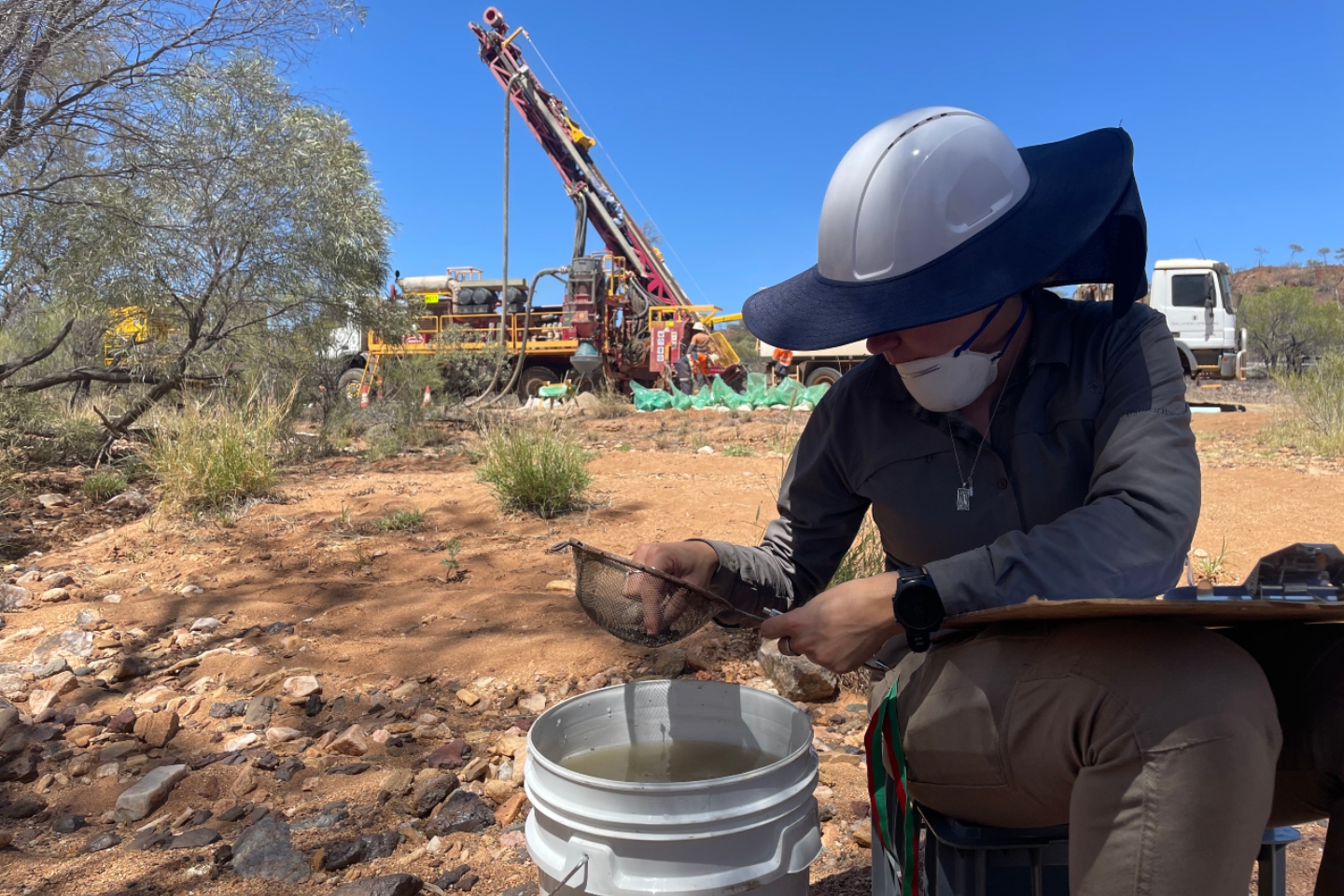Buxton Resources says a new geophysics method has helped to define and prioritise shallow potential open-pit graphite targets at its flagship Graphite Bull project in the Gascoyne region of Western Australia. The company says its recent adoption of the Loupe electromagnetics geophysical survey method has led to multiple near-surface new targets being prioritised near its existing inferred resource.

Buxton Resources says a new geophysics method has helped to define and prioritise shallow potential open-pit graphite targets at its flagship Graphite Bull project in the Gascoyne region of Western Australia.
The company says its recent adoption of the Loupe electromagnetics (EM) geophysical survey method enabled it to identify and prioritise multiple near-surface new targets in and around its existing inferred resource at the project. It will now further investigate its potential to rapidly develop open-pittable resources to help meet rising global graphite demand.
Management opted for the survey method in place of its previous high-powered electromagnetic (HPEM) strategy in a bid to improve the resolution of conductivity mapping up to 50m below surface. The relatively lower power of the Loupe system tends to reduce or avoid the swamping influence of big masses of deeper graphitic mineralisation.
The new survey covered an area of about 4km-by-800m for 56.5 line kilometres of data acquisition. It was conducted on 50m-spaced lines for most of the survey area, with stations spaced about 1m along each line – although line spacing was opened out to 100m in the far west and can be infilled as required.
Buxton says interpretation of the Loupe EM data identified several conductive zones, including directly adjacent to the existing resource that remains open to the east and west ends at depth. It also outlined zones in the hanging wall on the south side of the existing resource, which was confirmed by reverse-circulation (RC) drilling with 33m running 18.7 per cent total graphitic carbon (TGC) from 11m, and in the foot wall on the north side of the of the existing resource, which has not yet been drilled.
Additionally, graphitic bodies were identified along strike from the existing resource, as confirmed by an RC drillhole with a 9m intercept running 15.7 per cent TGC from 16m and 32m going 17.7 per cent TGC from 49m.
A significant area was also identified in the south-west of the survey area, which did not show up in the company’s previous HPEM survey.
Buxton Resources chief executive officer Martin Moloney said: “Our wholly-owned Graphite Bull Project in the Gascoyne Region of WA is rapidly shaping into one of Buxton’s most exciting assets. We’re confident that the shallow targets identified from the recent Loupe EM survey provide us with substantial potential upside to this high-grade graphite resource located in a world-class mining investment destination. With global electrification trends supporting predicted long term global graphite demand, and indications that Graphite Bull enjoys highly favourable metallurgical qualities for anode precursor material production, we believe that this project can emerge as a company-maker for Buxton.”
A useful characteristic of the project geology is that drilling to date has confirmed graphite mineralisation is the only conductive geological material in the project area, meaning all geophysical EM anomalies are highly-likely to represent concentrations of graphite mineralisation. However, clear resolution of such bodies, especially smaller or deeper ones, is greatly dependent on the selected EM method, the effective electrical “sample” spacing and the degree of conductive interference of large masses of conductive material that may “swamp” signal responses from nearby smaller bodies.
A Fixed Loop EM (FLEM) in Buxton’s previous HPEM surveys defined a close relationship between drill-confirmed graphitic material and subsurface conductivity in the resource area. A moving loop EM (MLEM) also identified graphite mineralisation through more than 2km of strike, which was validated by follow-up scout RC drilling.
The Loupe EM profiling system is a two-operator, portable, time-domain method designed to measure electrical conductivity in the near-surface at high spatial and vertical resolution.
The contrasting results of the three EM methods employed are good examples of how awareness of technological advances in exploration methods and willingness to embrace them – as appropriate – can significantly change a company’s fortunes. While basic principles have remained the same in many exploration methods over decades, massive advances in data storage, high-speed processing, improved resolution and appropriate sample grid-spacing, with respect to target depth, are often paramount considerations.
Buxton sees its results as a potential conduit to being able to rapidly develop the high-quality graphite material wanted globally for lithium-ion battery anodes at a time of a tightening of supplies.
It says that further exploration and resource definition drilling programs are being planned, subject to expanded heritage clearance surveys that are currently scheduled to be undertaken early next month.
Is your ASX-listed company doing something interesting? Contact: matt.birney@businessnews.com.au
















